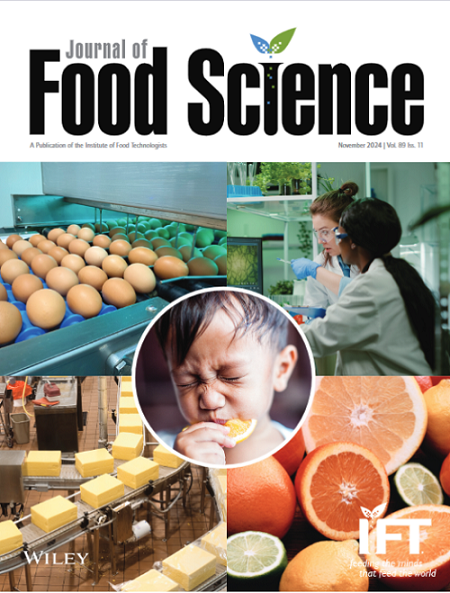Alkaloid profile of Italian alpine milk
Abstract
This study examines the alkaloid profiles in alpine milk. Alkaloids could pose a health concern but also prove interesting from a geographic traceability perspective. Over three consecutive days, 48 daily milk samples were collected from 16 lactating cows grazing on two alpine pastures in Northeast Italy, with 8 cows from each pasture. Simultaneously, alpine herbs selecting by the cows during grazing were collected using the hand-plucking technique. Additionally, 12 milk mass samples were obtained from an entire herd of 110 cows. Liquid chromatography coupled with high-resolution mass spectrometry was employed to analyze both herbage and milk samples, identifying 41 alkaloids with pure standards and putatively identifying another 116. The results revealed a transfer of 0.4% for pyrrolizidine alkaloids, 2.7% for indole alkaloids, and 12% for steroidal alkaloids from herbs to milk. A partial least squares—discriminant analysis model based on the alkaloid profiles achieved a correct reclassification of 67% of milk samples from cows grazing on the two distinct pastures. Despite the minimal transfer, which should be considered positive in terms of health, it opens the door to interesting studies on the use of alkaloids as traceability markers for mountain products.
Practical Application
The study provides a novel perspective interaction between alpine grazing systems and milk composition. This research could be useful for enhancing mountain pasture products in terms of healthiness and can help prevent fraud on the declaration of origin.


 求助内容:
求助内容: 应助结果提醒方式:
应助结果提醒方式:


